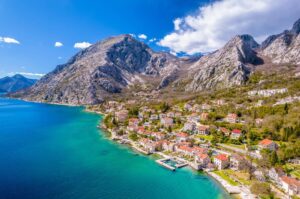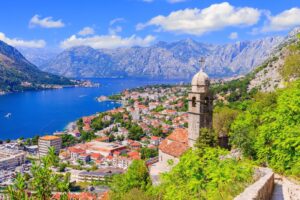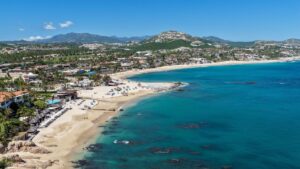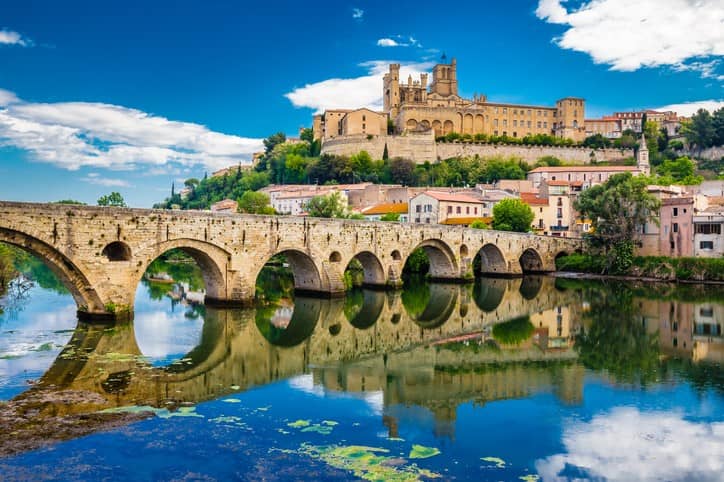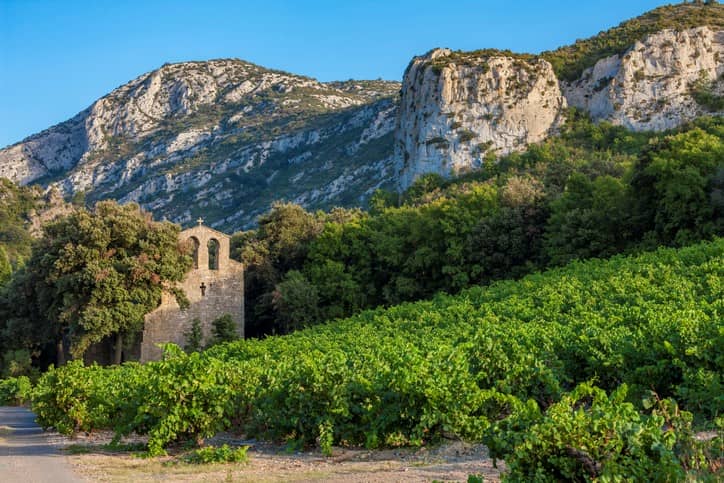Thursday, April 8, 2021
 Dear Your Overseas Dream Home Reader,
Dear Your Overseas Dream Home Reader,
This week, my senior researcher, Margaret Summerfield has been sharing her insights from the plush beach town of Cannes on the French Côte d’Azur. If you want to catch up with her journey, you can read her pieces in the Your Overseas Dream Home archive.
Today, however, I want to tell you about the other French Riviera. A place favored by many French, that’s becoming increasingly popular with British, Dutch, Belgians, Irish, and American too.
I’m talking about the Languedoc…
Once known as the “poor man’s Provence” the Languedoc region of southern France is slowly arriving as a destination. For the past six years pre-pandemic, tourism numbers have risen by an average of 17% a year.
I scouted the Languedoc in August 2019 searching for a profitable property to use for a few months of the year out of high season, when the weather’s still warm. I was also interested to see how this part of southern France stacked up in terms of value and opportunity against its famous neighbor, Provence.
The Languedoc’s Mediterranean coast is part of France’s sunbelt and its long sandy beaches are still fairly uncrowded. Inland you’ll find wild mountain ranges, dramatic gorges, and stunning hill towns that many Francophiles will tell you are more authentically French than what you’ll find in over-touristed and over-priced Provence.
|
|
For many buyers here, who can’t afford or just don’t want to live on the French Riviera or in the popular villages in Provence, the Languedoc is a value play. In some cases, you will pay one third to one quarter of what you could expect to pay in glamorous Provence next door.
Buy the right village home in the Languedoc, market it the right way, and you could lock in 6% gross yields. That’s not the double-digit return we consider a RETA deal but it is a way of owning a historic home in France that pays. And, I expect you could see an annualized capital appreciation of 6% over the next 10 years. Mortgage finance is available from under 2%, although the criteria are less flexible than what I have found in Portugal and Spain.
Languedoc-Roussillon essentially covers the area of southern France where the Occitane language was once the common tongue. It’s just west of Provence, stretching all the way to the Spanish border where you’ll find Roussillon—French Catalonia—sandwiched alongside the Pyrenees Mountains. In 2016, the region joined with the Midi-Pyrénées region and was christened Occitanie. But for most folks, the Languedoc is still the Languedoc.
Its sun-drenched coastal areas offer Mediterranean beaches and colorful resort towns like Coliere. It’s also where you’ll find most of the big towns and cities—like Perpignan and Montpellier.
As you move inland from the sea the sun-drenched coastal plain gives way to rolling, forested hills and jagged mountains. No other part of France I know of is so varied. In fact, the micro-climates you’ll find in the Languedoc can pose a challenge to the real estate buyer. A short drive from one village to another can mean a difference of a few degrees in temperature.
That matters if you’re considering a place you can rent out in the peak months of the summer and spend time enjoying during the off season. You want to buy in a place where the climate is still warm enough for short sleeves in September and April. You’ll find that in the Languedoc, but my point is you need to choose carefully.
The Languedoc is the biggest wine-producing region in France. In fact, it accounts for 5% of global wine production. It was historically known for producing a plonk wine that kept the miners and industrial workers of the north liquored up, but things are changing. Wine tourism is growing globally and Languedoc winemakers have caught on. You’ll find many now offering well-heeled visitors a boutique experience.
|
|
It also helps that the Languedoc has so much else to offer. The restored medieval city of Carcassonne gets around 3 million visitors a year. The Canal du Midi runs right through the region from Toulouse to join the Mediterranean near Sete. People come from around the world to cruise on houseboats or cycle along the towpath.
Plus, the Languedoc is a well-connected region with five airports connecting to destinations across Europe and North Africa.
My contact on the ground there tells me that despite travel restrictions the real estate market is strong. Persistent lockdowns are driving French buyers from larger towns to look for homes in the Languedoc countryside and in its small villages. Expats from abroad are buying virtually. And while prices are stable, they could increase if not enough new properties come on the market.
One play I’m watching is the “Brexit effect.” British expats are by far the largest group of second-home owners in France. But, since January 1, 2021, British residents will only be able to spend 90 out of every 180-day period in the EU. That means we could find some motivated sellers.
I like expat owned properties because many of these owners embarked on extensive renovations, thus creating many of the very high-quality resale properties we have today.
Tomorrow, I’m going to share some country and village properties that have caught my attention…
Stay tuned…
Wishing you good real estate investing,
|
|
Ronan McMahon, Real Estate Trend Alert
Your Comments and QuestionsPriscilla says: Good morning Ronan. Thank you for your welcome email and reaching out to us. We are seriously considering a move to Europe and becoming expats. Two areas of interest are Languedoc region in France or Arpino, Lazio region of Italy. Will be in Europe for six weeks in the fall of 2021 and would like to begin real estate hunt. Please advise if possible. Again, much thanks for you and your team’s insight. Ronan says: Hi Priscilla. Welcome aboard and welcome to the big bargain hunt of 2021. As I’ve outlined above, the Languedoc is a region where I believe you’ll find really great value. Right now, my team are conducting some initial research for a special Dream Homes Digest report on the Languedoc for RETA members. I’ll be sharing some properties we’re looking at in tomorrow’s mailing, so stay tuned. As for Arpino, it’s not a town I’ve had a chance to visit yet, but as travel returns my team are set to fan out across Europe in search of bargains and Italy will be one of the first stops. While there are countless Italian towns worthy of attention, what’s struck me about Aprino, in particular, is the sheer number of historic properties on the market there. We’ll be on the ground to investigate in the coming months. Connect with Ronan on Instagram |


